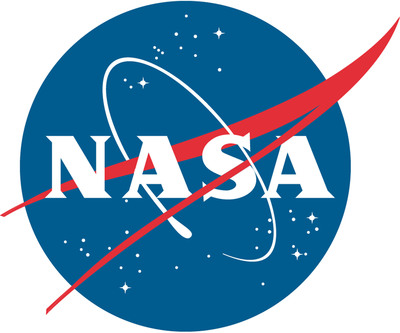WASHINGTON, June 10, 2014 /PRNewswire-USNewswire/ -- NASA astronaut Michael Hopkins met Stephen I. Katz, director of the National Institute of Arthritis and Musculoskeletal and Skin Diseases on Tuesday at National Institutes of Health (NIH) campus in Bethesda, Maryland, where they discussed the importance of research taking place aboard the International Space Station, including NIH-funded investigations.

Hopkins also made a presentation to a large group of NIH employees about the significant research conducted during his more than five months in orbit aboard the space station and how the orbiting complex is being used as a cutting-edge microgravity laboratory.
The presentation highlighted Hopkins' mission and research aboard the station, which spans the gamut of science. Hopkins and his crewmates performed hundreds of experiments during Expeditions 37 and 38, including many with implications for health and medicine on Earth.
NASA astronauts have worked with NIH researchers to conduct experiments on the space station for more than a decade. Most recently, an investigation into T cell activation in aging -- a research package developed by former NASA space shuttle crew member Millie Hughes-Fullord, who now is at the Veterans Health Research Institute in San Francisco -- launched to the orbiting laboratory aboard the third SpaceX commercial resupply flight April 18. Hughes-Fullord and her team will examine how the human immune system changes in space. The study could help researchers develop more effective means for disease prevention in the aging population, cancer patients and astronauts. This was the first of three research projects recently selected by the NIH to fly to the space station. The Center for the Advancement of Science in Space (CASIS) sponsored the research aboard the station.
NASA and CASIS will continue to work together to provide opportunities for NIH to conduct two more investigations in the near future. The osteocytes and mechano-transduction study developed by Paola Divieti Pajevic of Massachusetts General Hospital at the Harvard Medical School in Cambridge, Massachusetts, will explore the cellular and molecular mechanisms that allow bone to respond to stresses, such as gravity. The goal is to develop therapies that could mitigate bone loss in people whose physical activity is limited due to illness or injury. A study of the gravitational regulation of osteoblast genomics and metabolism, created by Bruce Hammer of the University of Minnesota, also will help determine the molecular mechanisms of bone loss in microgravity, but focuses on a different set of bone cells.
Hopkins served as a flight engineer aboard the space station from Sept. 25, 2013, to March 10, during which he logged almost 13 hours outside the orbiting outpost to conduct two spacewalks. This was his first trip into space.
NASA selected CASIS in July 2011 to maximize use of the U.S. national laboratory portion of the space station. CASIS supports and accelerates innovations and new discoveries that will enhance the health and wellbeing of people and our planet.
The International Space Station is NASA's springboard to the exploration of deep space and Mars. NASA uses the space station as a test bed to demonstrate new technologies and make research breakthroughs not possible on Earth. It also advances our understanding of how the body changes in space over time and how to protect astronaut health for longer duration missions.
For information about the International Space Station, visit:
http://www.nasa.gov/station
For more information about CASIS, visit:
http://www.iss-casis.org
For more information about the National Institutes of Health and its ongoing activities with NASA, visit:
http://www.nih.gov
and
http://go.nasa.gov/1oQRSwy
Follow Hopkins on Twitter at:
https://twitter.com/AstroIllini
Logo - http://photos.prnewswire.com/prnh/20081007/38461LOGO
SOURCE NASA
